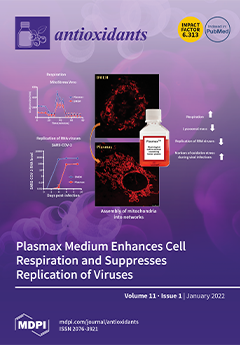Acremonium terricola culture (ATC) has similar bioactive constituents to
Cordyceps and is known for its nutrient and pharmacological value, indicating the potential of ATC as a new feed additive in dairy cow feeding. The primary aim of this experiment was to investigate the effects of increasing amounts of ATC in diets on milk performance, antioxidant capacity, and rumen fermentation, and the secondary aim was to evaluate the potential effects of high doses of ATC. A total of 60 multiparous Holstein cows (110 ± 21 days in milk; 2.53 ± 0.82 parity) were assigned into 15 blocks and randomly assigned to one of four groups: 0, 30, 60, or 300 g/d of ATC per cow for 97 days. Data were analyzed using repeated measures in the Mixed procedure. Dry-matter intake was not changed (
p > 0.05), while energy-corrected milk and fat-corrected milk yields increased linearly and quadratically, and somatic cell count in milk decreased linearly and quadratically (
p < 0.05). The lactation efficiency and the yields of milk fat and protein increased linearly (
p < 0.05). On day 90, serum catalase level, total oxidative capacity, glutathione peroxidase, immunoglobulin A, and immunoglobulin M concentrations were significantly higher in the 60 and 300 g/d groups than in the 0 g/d group (
p < 0.05). ATC addition showed linear effects on total volatile fatty acid (VFA), acetate, branched VFA concentrations, and rumen pH (
p < 0.05). Supplementing 60 and 300 g/d ATC significantly affected the bacterial composition (
p < 0.05). The relative abundance of
Christensenellaceae_
R–7_group and
Lachnospiraceae_
NK3A20_group were significantly increased by 60 g/d supplementation, and the relative abundance of
Erysipelotrichaceae_UCG_002,
Acetitomaculum,
Olsenella, and
Syntrophococcus were significantly increased by 300 g/d supplementation (
p < 0.05). ATC was effective in enhancing rumen fermentation and reducing somatic cell count in milk, thereby improving milk yield. The optimized dose of ATC was 60 g/d for lactating cows, and there were no risks associated with high doses of ATC.
Full article






